
How would you describe a project that follows a Scandinavian-style architecture? Don't know the answer? The short sentence to describe Scandinavian-style architecture is minimalist. If you dig a little deeper on the definition of Nordic design, you will find a similar description.
The reason I'm describing minimalist architecture here is to recommend a set of beautiful images, made with Blender Cycles. Those images represent the work of an artist named Joan Savalli. A Scandinavian-style architecture project that has clean and minimalist looks.
According to the artist, all images were rendered using a cluster of three GeForce GTX 980. The number of samples used for each image is 3000, and they took about 20 minutes to “cook”. As render time it is quite good for the quality of the images.
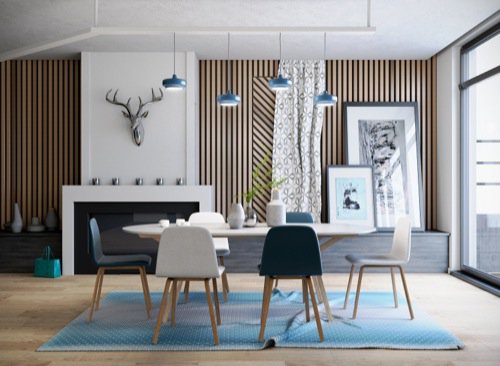

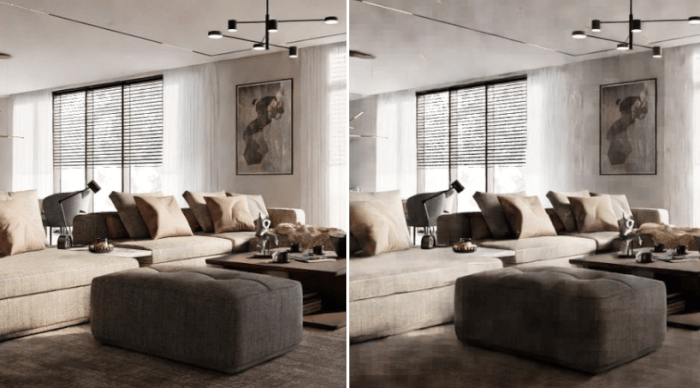
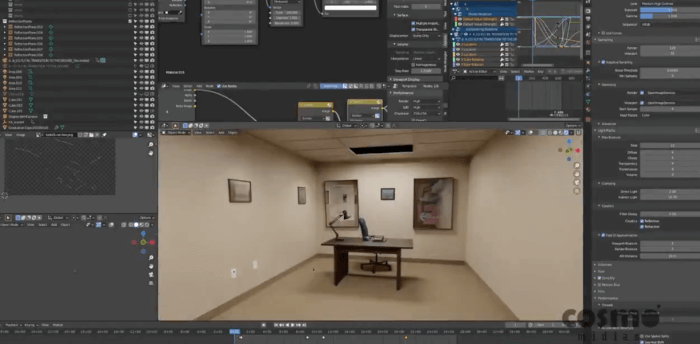
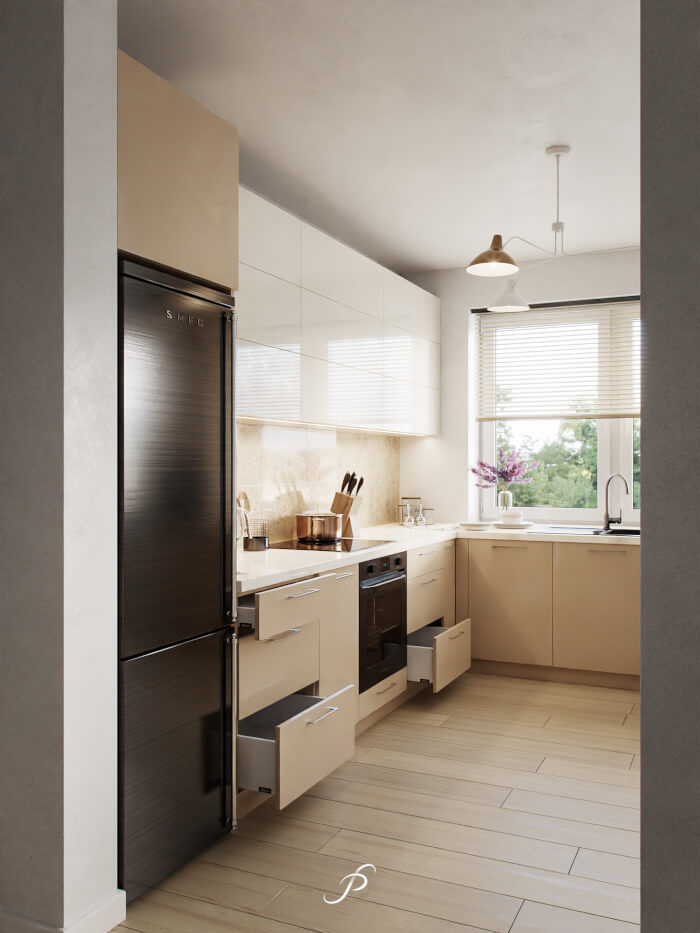
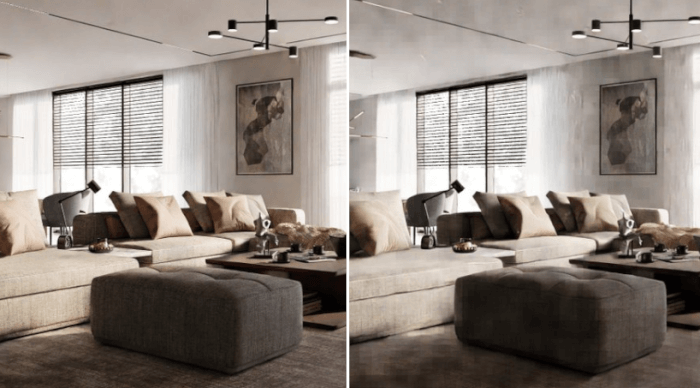

nice !